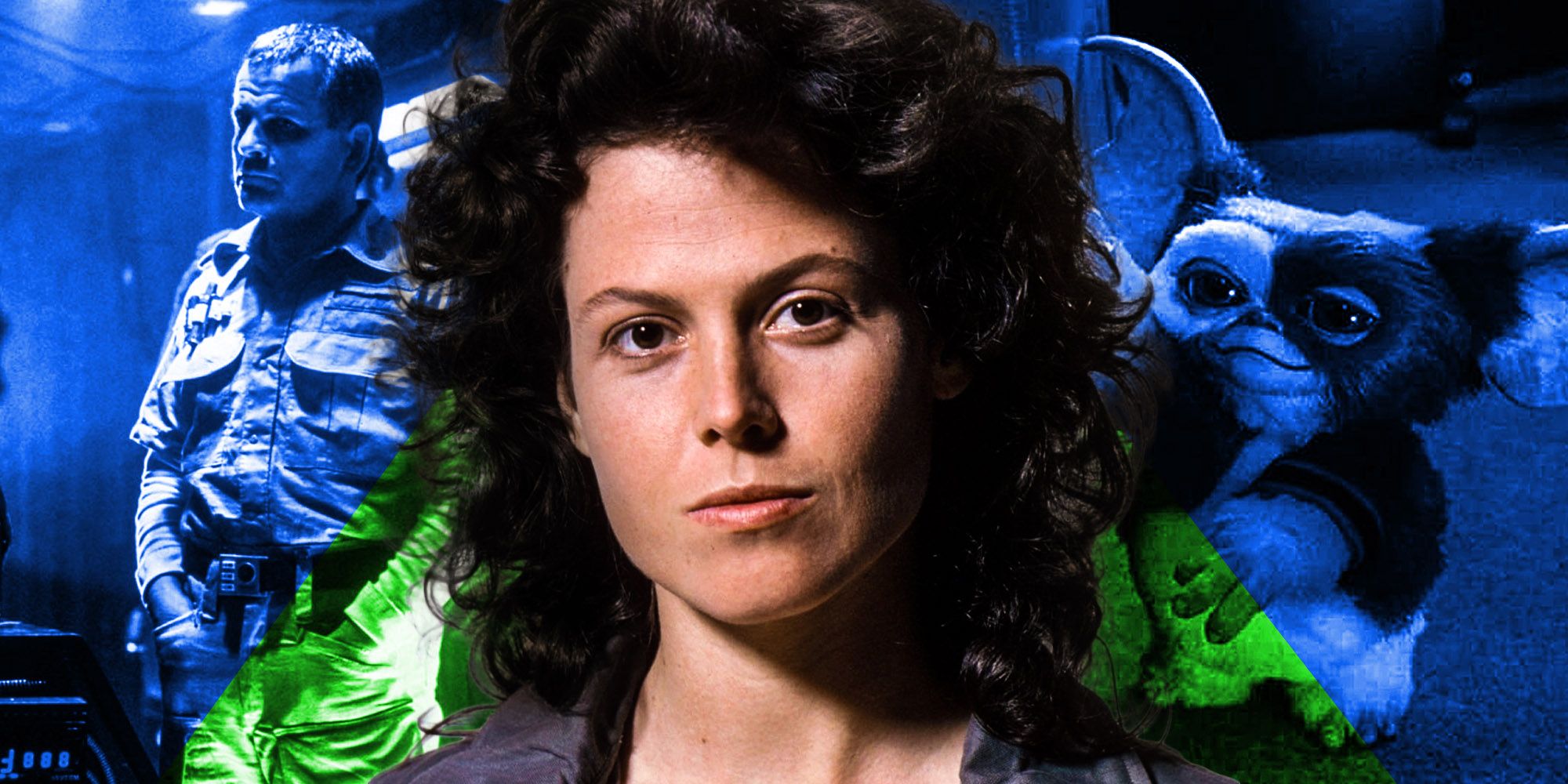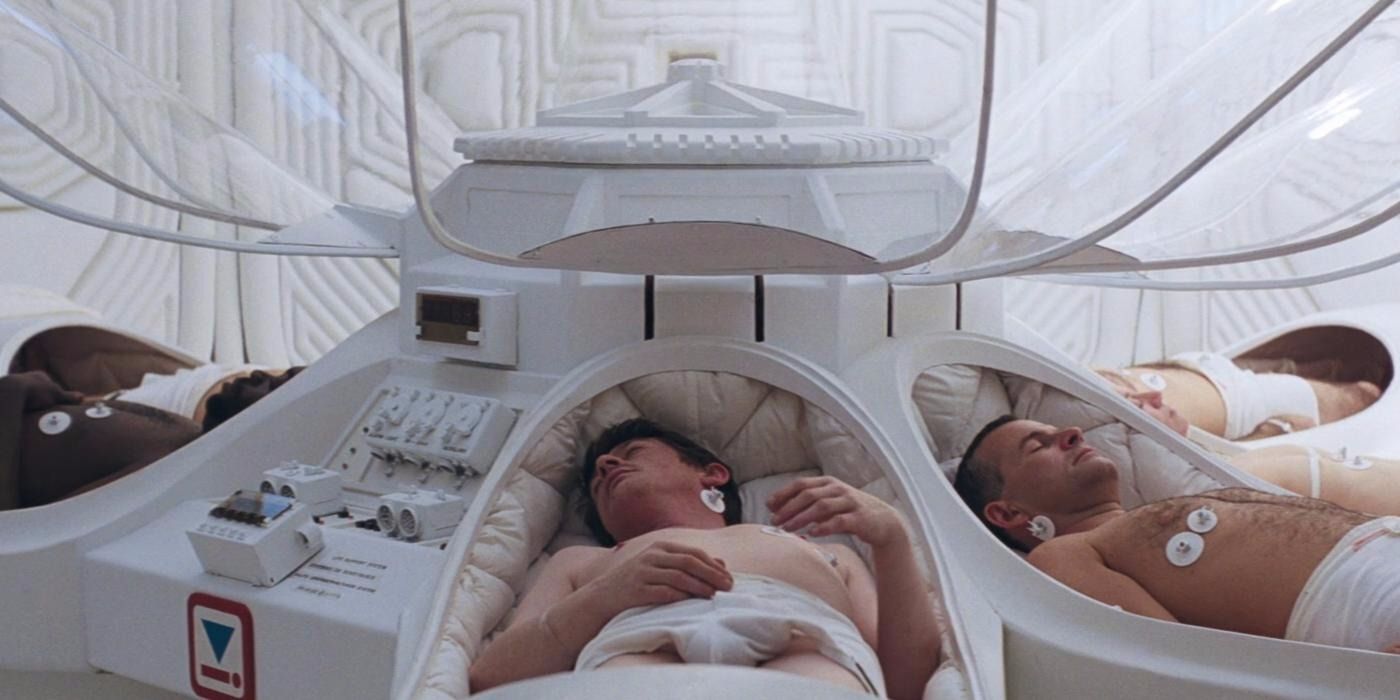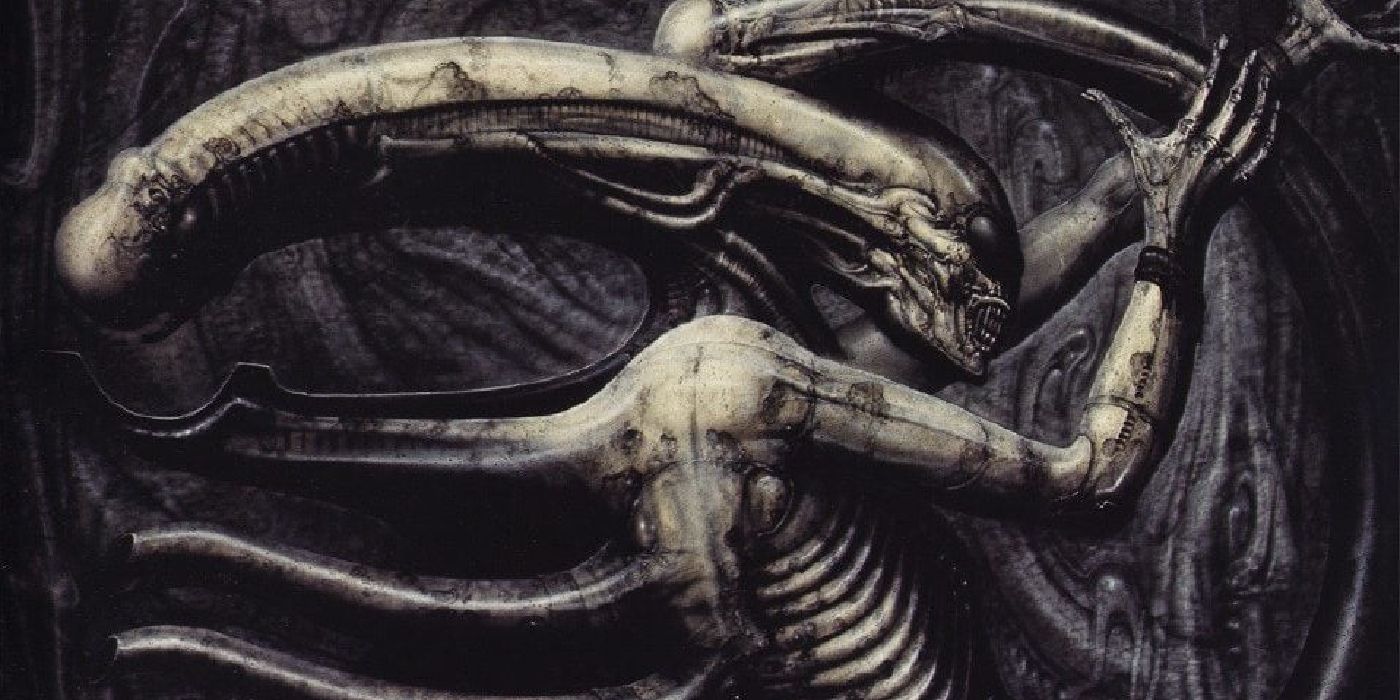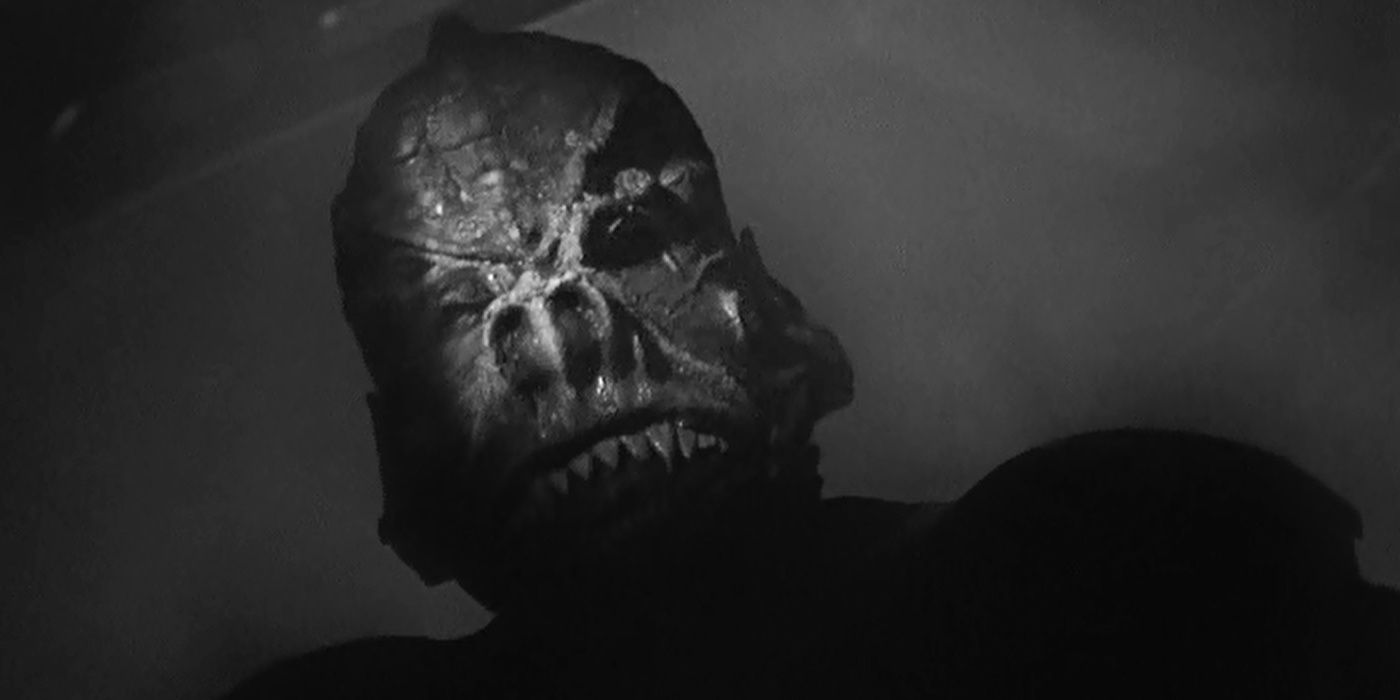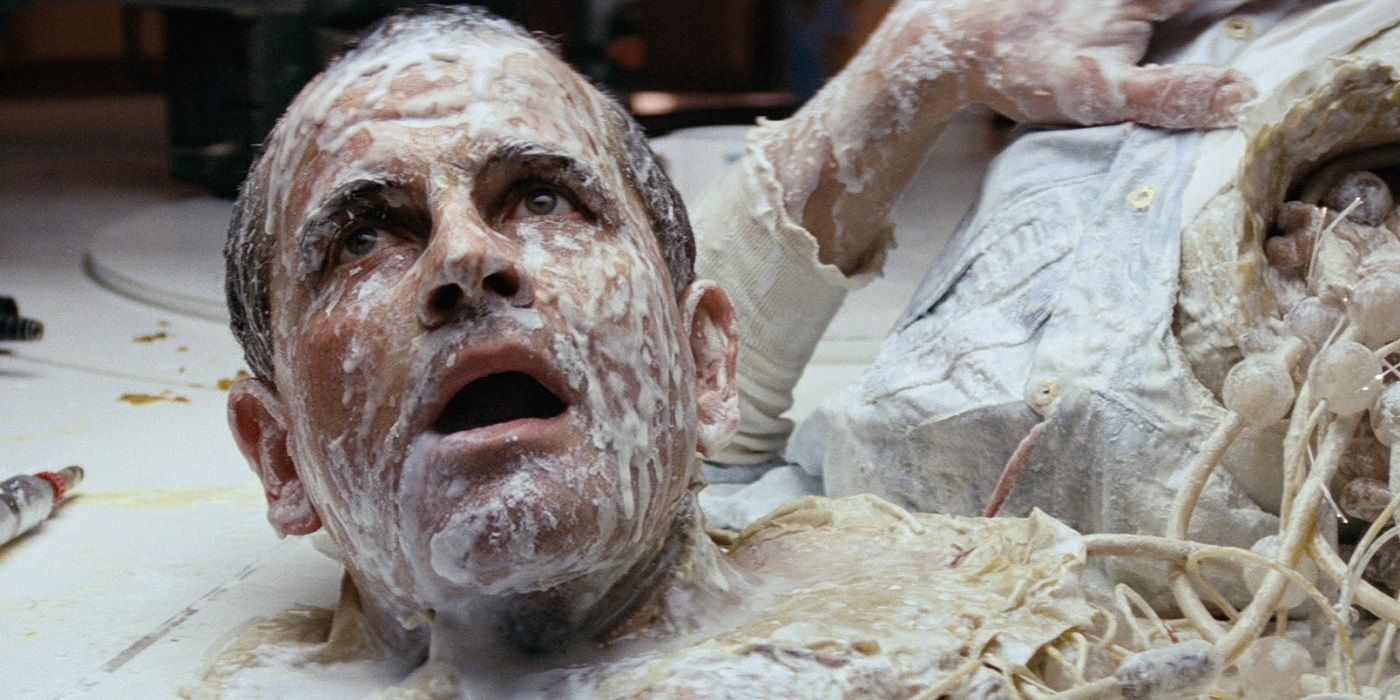From being titled Star Beast to missing out on the character of android Ash, the original script for Alien was almost very, very different from the movie audiences eventually saw. Released in 1979, director Ridley Scott’s “haunted house in space” sci-fi horror Alien became a massive hit upon its arrival in multiplexes and spawned countless imitators as well as a string of sequels. The Alien series remains a staple of sci-fi cinema and turned Sigourney Weaver into a movie star overnight thanks to her role as fearless heroine Ripley.
Despite Weaver leaving after the underwhelming fourth installment the Alien franchise is still going strong with 2017’s outing Alien: Covenant being the eighth installment. But the original movie underwent a lengthy production, and before Alien was a sleeper hit, the movie seemed destined for failure thanks to its many rewrites and revisions. With four screenwriters working on the project for four years, a lot of changes were made to the original script.
Creator Dan O’Bannon’s earliest, incomplete draft featured no Xenomorph all, producer Walter Hill had a hand in adding Ian Holm’s robotic interloper to the Nostromo crew, and a string of corny, older sci-fi movies provided all manner of tropes for the movie to swipe. Much like James Cameron’s original ambitious vision for sequel Aliens was toned down and revised by rewrites, the original Alien screenplay changed massively during the movie’s production process.
The (Very) First Draft Had No Alien
According to the 2003 making-of documentary "The Beast Within: The Making of Alien," when screenwriters Dan O’Bannon and Ronald Shusett first began collaborating, O’Bannon had 29 pages of Alien’s opening scenes in a treatment that saw a group of astronauts awakened from cryosleep by a far-off planet’s distress signals. The only problem was that Memory - as the project was then known - had no alien antagonist at all. Shusett met O’Bannon thanks to his work on Halloween helmer John Carpenter’s feature debut Dark Star, a goofy black comedy that had proved both of its creators had serious potential as filmmakers. O’Bannon wanted to rework a key subplot from Dark Star - where a group of astronauts is terrorized by an alien aboard their ship - as horror rather than comedy, thus forming the conceit around which Alien was built. However, it would take a separate, thwarted project for O’Bannon to give the eponymous beast shape.
Gremlins (and Giger) Inspired The Xenomorph
Seeing acclaimed artist HR Giger’s work in Paris when he was working on Jodorowsky’s doomed Dune adaptation led O’Bannon to visualize the Xenomorph for the first time, with the screenwriter saying Alien’s beast was inspired by the artist’s output in Michael Gross and Paul Scanlon’s The Book of Alien. Meanwhile, Shusett reminded O’Bannon of an abandoned earlier script about gremlins in WWII planes which gave them the idea of an alien stowaway. However, the Xenomorph's infamously bloody route aboard the Nostromo was one worked out by Shusett alone, who claimed he and O’Bannon were at a loss for how to make the alien’s entrance scary until the chest-burster idea came to him unexpectedly in the middle of the night.
Alien Cloned Countless 50 Sci-Fi Movies
While Shusett was hit with divine inspiration when he came up with the concept of the Xenomorph bursting free from poor Kane's chest cavity during dinner aboard the Nostromo, his co-writers sources of inspiration were a little less pure. Per O’Bannon’s own admission in David McIntee’s Beautiful Monsters: The Unofficial and Unauthorised Guide to the Alien and Predator Films, "I didn't steal Alien from anybody. I stole it from everybody!”. The screenwriter borrowed freely from the earlier hits of corny 50s sci-fi cinema, viewing all manner of Mystery Science Theatre 3000-worthy fare from the decade to find tropes worth remixing or ideas worth updating.
These influences provided Dan O’Bannon with ideas borrowed from Mario Bava's Planet of the Vampires (astronaut crew finds huge alien exoskeleton), It! The Terror From Beyond Space (alien stowaway travels through air vents to escape detection), the classic Forbidden Planet (crew dies after ignoring warning not to land), and The Thing From Another World (thankless working stiffs killed off one-by-one by an alien running amok). Although all of the movies Alien was inspired by added influences to the finished film, it was It! The Terror From Beyond Space that the Scott movie most resembles, with Alien featuring a more infamously effective onscreen monster.
Rewrites Added The Android Ash
A contentious addition to the story was Ash, with Shusett calling the subplot genius while O’Bannon deemed it unnecessary. Director Ridley Scott, for his part, was more interested in the LGBTQ+ representation of the Alien script rewrites which implied the crew were largely bisexual and had often hooked up with one another. This story element was added via a conversation between Ripley and Lambert wherein the two discuss how odd it is that Ash had never propositioned either of them, foreshadowing the fact that the character is secretly an android. Ash and his subplot were added by new producers and screenwriters David Giler and Walter Hill, with who Shusett and O’Bannon had signed with, though the latter had a particularly fraught relationship with both men.
Later Alien franchise additions such as Prometheus would rely more heavily on the revelation seemingly human characters like Michael Fassbender's David were really robots and turned the duplicitous androids into some of the most prominent villains after the titular monster and the shadowy Weyland-Yutani corporation. However, despite the eventual import of their additions, neither Walter Hill nor David Giler was officially given credit for their work on the screenplay, even though the duo rewrote much of what would become the eventual shooting script. This was mostly due to O’Bannon allegedly being suspicious of them attempting to oust him as the credited creator, meaning he alone was given the screenwriting credit for Alien. However, the duo would produce the next two entries in the franchise, with both receiving writing credits for scripting 1992's Alien 3.

